On the second day of the GSEP 2023 Off-Campus Project, students and faculty members visited the Science Square Tsukuba under the National Institute of Advanced Industrial Science and Technology (AIST) in one of their stops. Let us read how Saengaroon Phraewa (Phraewa,) a GSEP 2022 batch student from Thailand, describes her adventure there.
The Science Square Tsukuba was one of my favorite places we visited during the GSEP off-campus project. The exhibition shows visitors technological and scientific advancements that researchers in Japan have been trying to cultivate in order to improve the well social beings in our society. The space was split into three distinct sections including Life technology (Medical advancements), Green Technology (Environmental advancements), and Manufacturing (Industrial advancements).
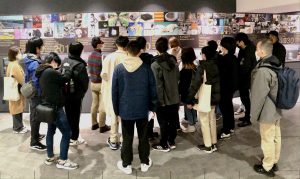
Personally, I was attracted to the medical innovations. One of the innovations displayed was a 3D Tactile and Kinesthetic Senses Technology. This device uses vibrations and visual cues to deliver a virtual sensation of feeling towards the user’s body. When user’s finger is placed on the device, it will give an illusion as if our fingers are interacting with a real object. Through vibrations, we can sense the surface of a material. In my opinion, this is very mesmerizing and is an essential breakthrough in how technology can assist humans. If one were to lose a sense of touch, we can now use virtual sensation in order to feel.
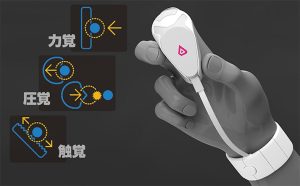
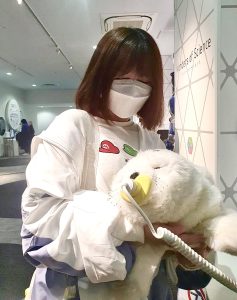
Another popular in Science Square is a robot animal therapy device called Paro (The picture to the left is me holding Paro). Paro has a very cute appearance as well as a weight of an average baby. Researchers have specifically chosen Paro as a baby seal because if one were to use a dog or a cat as a model, humans would actually feel uncomfortable. This is because we are used to real dogs’ and cats’ behaviors so if a robot were to depict a strange action, it would create an alarming response from humans. As we do not know how seals behave as a pet, it is advantageous to use them as a model. Paro’s functionality is more complex than we would’ve thought. The therapeutic robot has 5 distinct sensors to help it function: tactile, light, audition, temperature, and posture sensors. These sensors help locate movements from humans as well as being able to recognize a light and dark environment. The tactile sensor signals Paro to recognize that it’s being held or stroked by a human. In addition, with the audio sensor, it can detect the direction of the voice of a human when being called by its name or a greeting. Paro was so cute that it was hard for all of the GSEP members to leave Science Square.
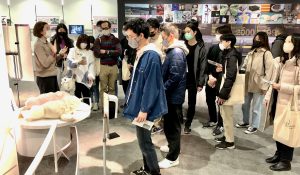
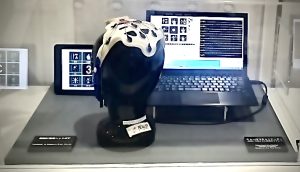
Lastly, the Neurocommunicator device also caught my attention. This device allows those who are incapable of moving their body due to an accident, or biological factors, to be able to communicate with people around them. The device uses brain waves to signal tasks that will be displayed on a monitor, letting them choose which actions they would like to do. Through this communication system, patients will be able to request what they need from the caretakers as simple as “I want to have a glass of water” without difficulty. Though this device is still under development, the database has shown that with some more improvements, they will be able to commercialize this technology.
Overall, Science Square Tsukuba broadened GSEP students’ knowledge of technological advancements throughout years. This learning will help future engineers to cultivate and explore innovations that have yet to be discovered and improved. There is always a possibility for new creations beneficial to mankind.
